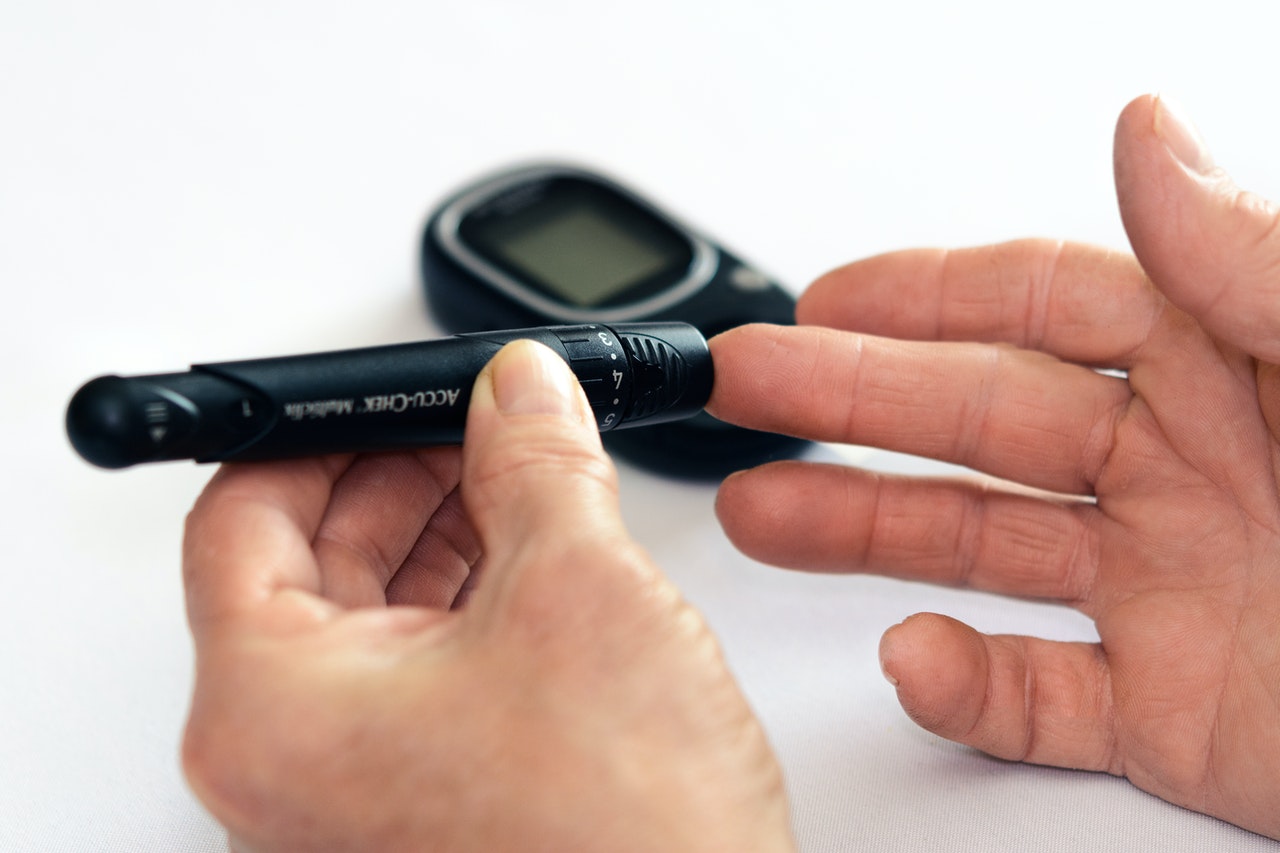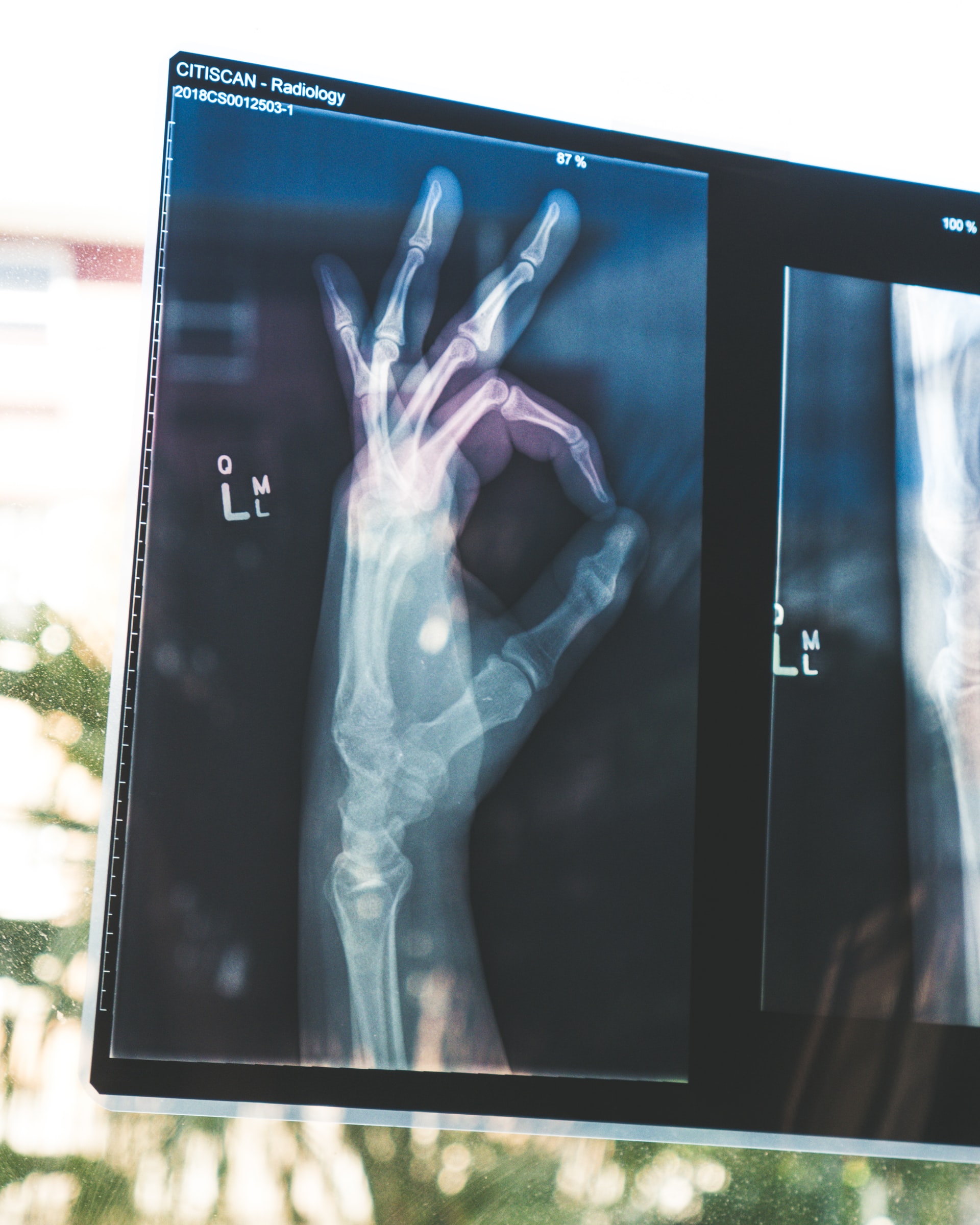Men, by and large, are at a higher risk for various adverse health outcomes compared to their female counterparts, especially when it comes to some of the top leading causes of death in the U.S., such as diabetes. While diabetes affects over 30 million people in the nation, men, biologically speaking, have a higher susceptibility...Continue reading
Category: Editorials
Potential Adverse Impacts of Poorly Designed Medication Pricing Policy
As our country and the world continue to battle the COVID19 pandemic, the need for reliable, safe, effective, and high-quality diagnostic tests and treatment medications becomes more urgent every day. As does the need to maintain a safe and secure supply of technology and raw materials. Our overreliance on non-US sources for critical medical products...Continue reading
Men’s Health Month: 26 Years of Progress—But Still a Long Way to Go
In 1994, when Men’s Health Month first launched, women outlived men by 6.6 years. By 2017, that gender gap had narrowed to five years. Why the dramatic change? Well, Men’s Health Month (MHM) itself has played an important role. Celebrated every June across the country and around the world, MHM features screenings, health fairs, media...Continue reading
Testicular Cancer Awareness Month: Patient Perspective Blog Post
It was a routine sports physical for my high school rowing team sophomore year of high school. My family medicine doctor performed all head-to-toe items on the form’s checklist, including the dreaded “turn and cough.” While going over my family history, the doctor asked about previous illnesses and cancers in the family. I was aware...Continue reading
New Year’s Resolution: Better Mental Health
The New Year is a time for making resolutions and focusing on self-improvement. While many of these New Year’s resolutions typically have to do with quitting smoking or weight loss, numerous well-intentioned goal-seekers just wind up feeling depressed. Broken resolutions combined with lousy weather and the end of the festive holiday season can leave many...Continue reading
Fail First is the Wrong Prescription for Patients
As policymakers and health care stakeholders consider reforms to address the cost of medications, Men’s Health Network (MHN), the leading health advocacy and education non-profit for advancing the comprehensive health of boys and men in America, urges lawmakers and regulators to reject outright policies that will prevent or constrain patients from accessing effective medications necessary...Continue reading
How to Protect Your Family from Healthcare Fraud
Most savvy consumers are already on the lookout for online identity theft and are proactive about protecting their finances, but medical identity theft is an overlooked but pervasive crime that’s on the rise. The number of patients impacted by medical identity theft has increased nearly 22 percent in the last year alone. Untangling medical identity...Continue reading
Let’s Not Forget the Office of Indian Men’s Health
By Eric Bothwell, DDS, MPH, PhD and Tamara James, PhD As the Obama administration winds down its eight years of oversight and support of the health care needs of American Indian and Alaska Natives (AI/AN) from federally recognized tribes, a brief reflection on what has been accomplished and what might still be accomplished is worthwhile....Continue reading
October is Learning Disabilities Awareness Month
We all want nothing more than to be understood. But for some kids, that isn’t as easy as it seems. Learning and attention issues are much more common in children than most people realize. In fact, in the U.S., 1 in 5 children struggles with brain-based learning and attention issues that affect reading, writing, math,...Continue reading
Men’s Health Takes Center Stage at the White House
In 2012, Men’s Health Network launched the Dialogue on Men’s Health series, which regularly brings together healthcare professionals, patient groups, community organizations, private corporations, and government agencies to address the unique challenges that confront men, boys, and their families. So you can imagine how delighted we were when the U.S. Department of Health and Human...Continue reading










